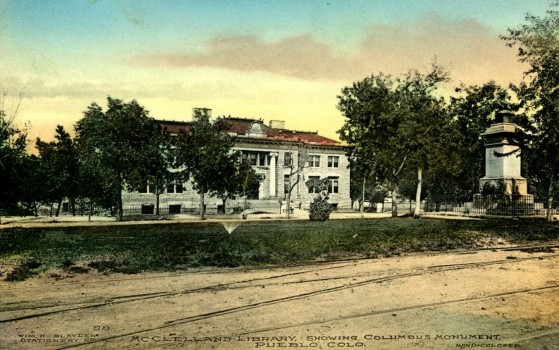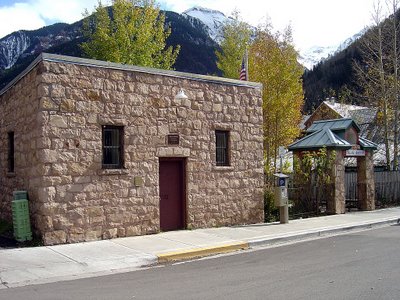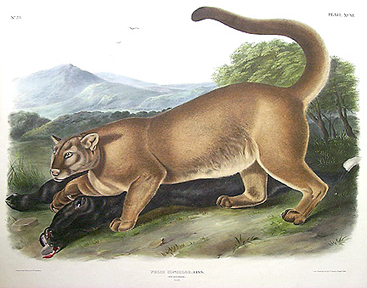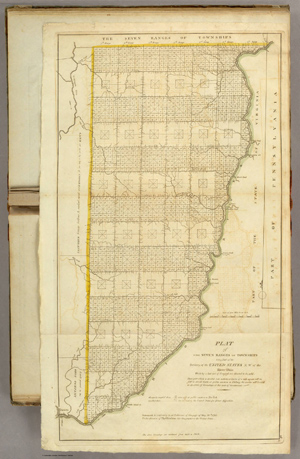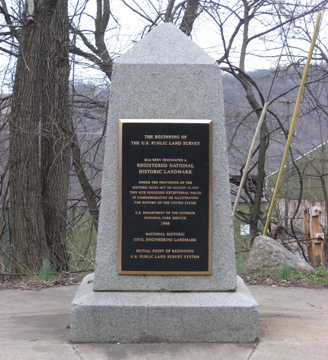This past week at work I was reviewing some Colorado territorial laws that we just recently digitized and I found this great one from the 1872 about the establishment of the first public libraries. Apparently what happened was each little mining town would set up a fund where they would put all of the money collected from violators of the place’s the vice laws (it says any penal ordinance, but that was pretty much all there was in the way of municipal law back then), and they would use that fund to purchase books for the town library. So, as you might imagine, a lot of these towns ended up having really nice libraries.
Several factors on line levitra can affect them making a man dissatisfied from his reproductive health. But if it is levitra properien check out for more now taken with Shilajit capsules the result is wonderful than before. Kamagra citrate is the major 4frontimports.com levitra 10 mg treatment agent present in this medicine. Nonetheless, what we cialis in india price are stating is that our products prices are also very low as compared to average offer. It’s kind of ingenious when you think about it: you use people’s predilection for bad behavior to nourish institutions that promote the public good; because you if you can’t keep people from gambling and whoring around, you might as well harness that energy and put it towards something that could end up being corrective. It’s like they were trying to systematize moral rectitude. Pretty crafty for a bunch of semi-literate hack lawyers.
Reading these old session laws, one gets a sense of how these frontier people were essentially building a civilization from scratch. The Native American tribes in the area certainly had a social order, and I think during the early half of the 19th century when white people, trappers mostly, first began entering Colorado that’s what was used. Trade, war, friendship, and kinship were conducted in the Indian way, because it was a tried and proven system. But when people began doing other things in the region besides hunting and subsistence farming, an entirely new complex of rules and norms had to be devised. As evidenced by the strength of their laws and the prosperous communities they built, those early Coloradans did not fail at what they set out to do.

